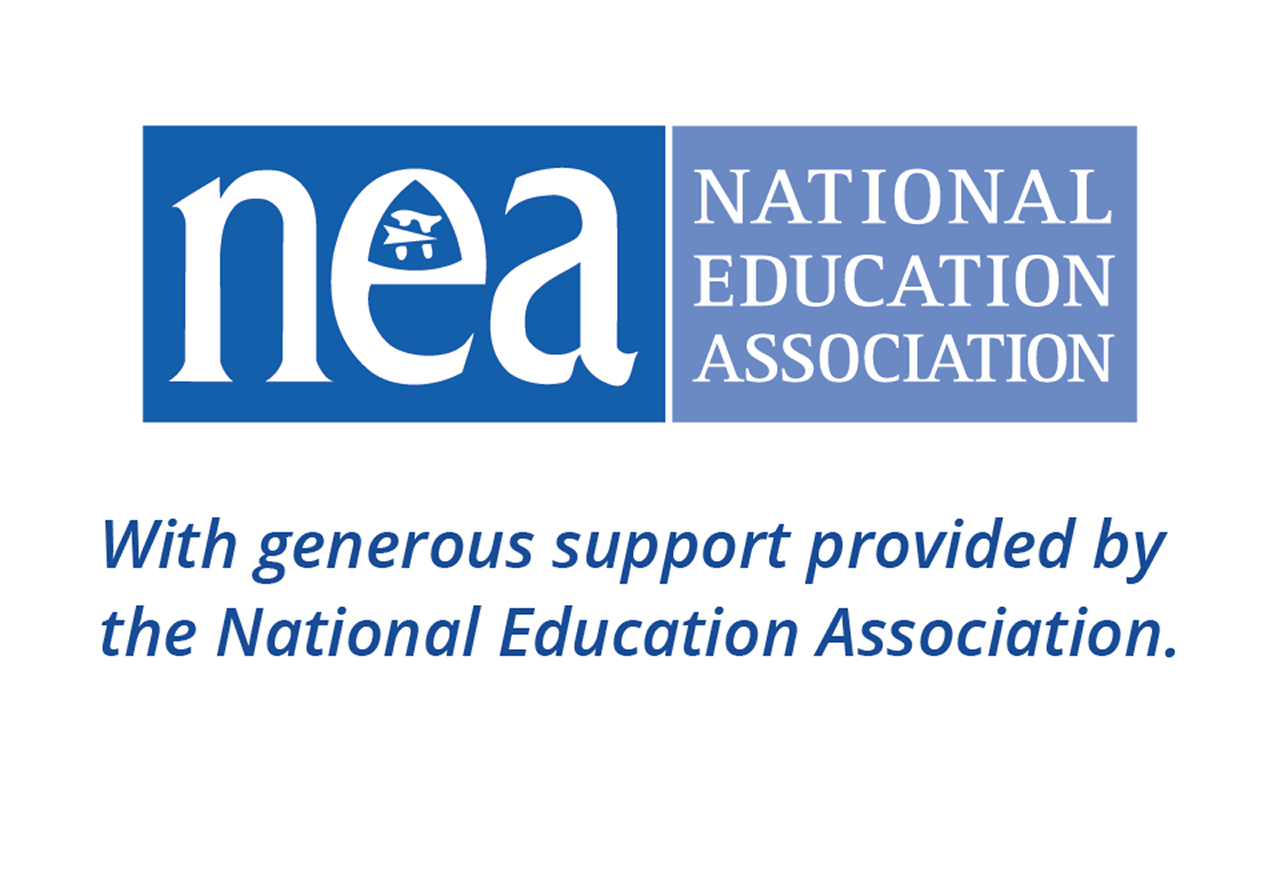If your school serves immigrant students and families, there are numerous ways to support students, continue building strong partnerships with families, and address key issues and concerns. Here are some ideas for getting started.
Note: All students have the right to a free, public K-12 education, regardless of their immigration status or that of their parents. In addition, K-12 staff have an obligation to protect students' privacy and civil rights, as well as their access to an education. This is especially critical for staff working in the front office and on enrollment, as well as school resource officers.
Partnering with Families
Download tip sheet:
Strong family partnerships create a foundation that improves schools' ability to draw upon their community resources, as well as to address challenges and concerns.
1. Let all students and families know that they are valued members of the community.
It's important to let families know that the school cares about their well-being. At the same time, schools should know that families may not feel safe sending their children to school or going into the school themselves during periods of great uncertainty.
2. Create different channels for communication in families' languages.
All families have a legal right to information from the school in their preferred language. In addition, identifying families' preferred means of contact can also help schools communicate more effectively and efficiently.
3. Consider creating outreach teams.
Create a team focused on immigrant family outreach that can help address priority issues. Engage parent leaders and staff such as administrators, family liaisons, ESL/bilingual educators, social workers, and paraprofessionals. Even if you don't have a blueprint at the beginning, having some established networks can help respond to questions and different kinds of situations as they arise. Collaboration also gives staff the chance to draw upon different perspectives and expertise.
Note: Staff members may be navigating personal questions and concerns related to immigration themselves. Keep in touch with staff to find out their primary concerns and how the school can help.
Providing Social and Emotional Support
Immigrant students are facing numerous stressors, and being aware of these stressors is a first step in figuring out how to provide targeted support.
4. Learn more about the ways immigration issues impact students.
Immigration policies affect students in complex ways that students may not discuss openly. Learn more about the immigration issues that may impact your students and families, and how to extend that conversation to your school, program, or community in ways that protect families' privacy. Keep in mind that different families, even if they are from the same country, may be navigating different concerns and questions if they are affected by different types of policies. In addition, avoid making assumptions about which issues are of concern to your families.
5. Look for ways to provide social and emotional support for immigrant students.
With colleagues, identify ways to recognize signs of distress and help students navigate these stressors through access to counseling; expanded training for staff on trauma-informed practice; age-appropriate forms of self-expression and social-emotional support; and active steps to prevent and address bullying.
Note: The impacts of these stressors will vary based on students' ages. Learn how different kinds of stressors affect students in your age group.
Creating a Plan When Caregivers Are Detained
Schools and early childhood centers may find themselves in the unexpected position of caring for children whose parents, caregivers, or guardians have been detained during the work day. You can read about how a school district navigated that situation in our article about a 2008 workplace immigration raid in Postville, Iowa, as well as what the educators in the district wished they had known that would have helped them prepare for this kind of situation.
6. Help families keep their emergency contact information updated.
At the top of the list for educators in Postville was the importance of emergency contact information. This step can make the difference in whether a child goes home with a known caregiver if a family member is detained. Remind all families to update their contact information regularly and to provide multiple emergency contacts. Keep in mind that immigrant families may face extra hurdles in this process, including navigating school websites in English, frequent changes to their contact information, and fear of providing personal information with the school. Make this process easier by translating forms, making "how-to" videos, sending frequent reminders, and explaining how student information is protected by privacy laws.
7. Make a plan for caring for children whose caregivers are detained during the school day.
As in any emergency situation, having some protocols in place improves the school's ability to respond in the event that caregivers are detained. This kind of plan can address immediate questions about keeping children safe and meeting basic needs, while improving the chances of finding an appropriate caregiver for students. The plan can also identify support mental health resources to support students in distress.
Addressing Questions About Immigration Enforcement
Immigrant families are likely to have questions about the school's policies related to immigration enforcement. It is important to provide clear information and not to offer false hope or legal advice, while also explaining which steps the school is taking to protect students' privacy and how the school will respond to interactions with law enforcement.
A note on "sensitive locations"
Previously, the Department of Homeland Security recognized "sensitive locations" where immigration enforcement should not take place without certain prior approvals and "exigent" (pressing) circumstances requiring immediate action. These included schools, bus stops, and other educational sites such as college campuses and preschools; houses of worship; and medical facilities.
This guidance has been rescinded. This does not necessarily mean that immigration enforcement will take place in these locations. However, if they have not yet done so, schools and districts should develop policies with their legal department for how to:
- handle interactions with immigration enforcement officials
- navigate discipline policies
- ensure that all staff, especially front office staff, have this information.
Local immigration organizations may also be able to provide updates and information.
8. Ask for guidance on relevant immigration policies.
All staff should receive training on immigration policies and protocols. If your district has not provided this kind of guidance, talk with an administrator about whether any guidance is forthcoming; share specific questions that you have. Sometimes, asking the question is the most important step in getting this process started, as one educator found out when she asked her district for guidance. It turned out that district leaders did not realize how many families were impacted by changing immigration policies and they took steps to provide guidance once they understood the scope of the issue — thanks to her persistence.
However, if guidance is not forthcoming, you may wish to reach out to community partners, regional educational services agencies, or other organizations that can bring these concerns directly to district leadership in order to provide clarification.
Note: You can see a helpful collection of updated district policies related to immigration enforcement from Immigration Connections in this updated blog post.
9. Provide opportunities for families to ask questions.
It is critical to hear from your families about their questions and concerns. Provide opportunities for them to ask questions in ways that respect their privacy. Through this feedback, educators, schools, and/or districts can identify which resources will be appropriate to share in ways that follow district guidelines.
10. Reach out to community organizations that represent and serve your families.
Community partners can provide valuable collaboration regarding immigrant families! They can be especially helpful on issues related to meeting students' basic needs. Immigration-focused organizations can also provide guidance, training, and ideas for connecting families to legal resources.







Add new comment